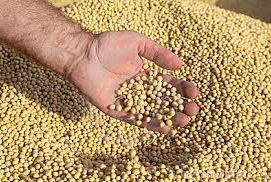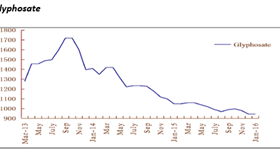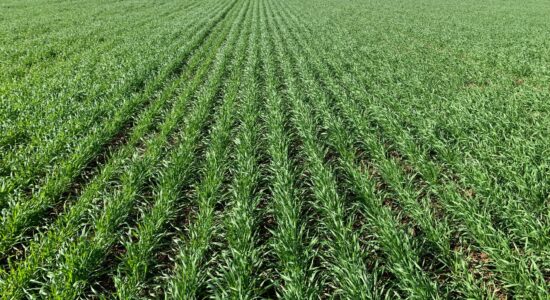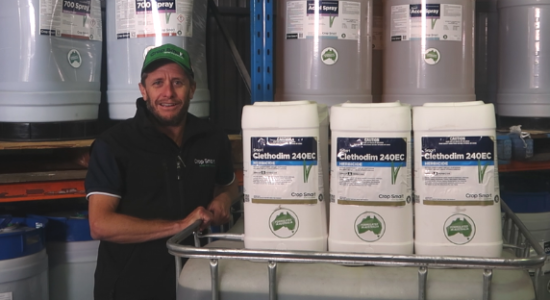
The benefits of seed treatments
There are many advantages of using seed treatments and, like most parts of farming, a once narrow selection has turned into a wide variety of options with pros and cons for each. From controlling soil, seed and foliar pathogens to reducing insect pressure in crop and controlling stored insect pests, it is not a one size fits all decision for cereals, oilseeds and pulses.
In some cases, seed dressings are not just a benefit to you but the industry as a whole. Powdery mildew in barley is an example where the widespread use of appropriate seed dressings has kept the disease to a minimum.
Recent seasons have seen loose smut in Hindmarsh and Latrobe barley, showing not only how successful seed dressings have been in controlling this disease in other varieties, but how important seed dressing selection can be as these varieties will now require more advanced seed treatments.
Seed treatments can also complement in-crop fungicides, for example ascochyta blight in pulses. A registered seed dressing can control seed infection and protect the early crop from foliar infection, reducing the disease pressure later in the season making in-crop fungicides more effective and reducing potential loss of yield and quality during grain fill.
Much of the crops yield potential is being set up during the early stages of crop development and seed treatments can help through improved root growth, higher plant densities and better seedling and plant vigour due to lower disease and insect pressure.








